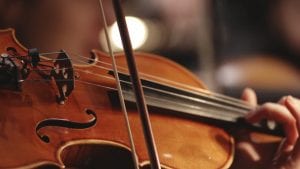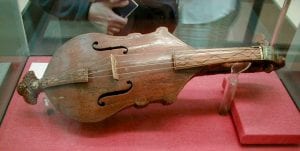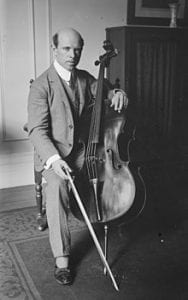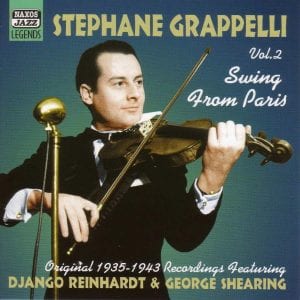How well do you know the history of the violin?
Today’s violin owes its existence to an ancient instrument known as the lira, which was used in Europe as early as the 9th century. It was played in an upright position and bowed. The influence of the Arabian rabab and the rebec (which emerged in Spain) are also seen in the violin.
This early stringed instrument evolved over time in Europe into two separate families of the instrument: those that were held in the arms and square in shape (“lira da braccio”) and those that were positioned between the legs and shaped with sloped shoulders (“lira da gamba”). They both enjoyed great success and wide use, but over time the instruments held in the arms became more popular and led to the development of the violin in and around 1550.
The classic master period of Italian violin making stretched from the 16th to the 18th century. Famous luthiers included the Guarneri, Amati, da Salo, Ruggieri and Micheli families along with Antonio Stradivari and Jacob Stainer, among others. Though players have preserved many of these treasured violins through the years, they are in limited supply and worth astronomical amounts today.
Northern Italy had two regions that excelled in luthier skill in the earlier part of this 200 year “golden era” range: Brescia and Cremona. Milan and Venice also were important locations for stringed instrument building. Brescia was the first to emerge, and its famous stringed instrument school and workshop bred a generation of innovative and highly skilled artisans.

The credit for the first violin is usually given to a Cremonese luthier named Andrea Amati who had made his name originally as a lute builder. He created at least two-three string violins in the 1540s. He was then commissioned to build one of the first four-string violins by the wealthy Medici family in the 1550s. Though the instrument was intended initially for professional street musicians, it became a favourite of aristocratic amateurs who had money to spend in the instrument shops.
The two earliest examples of violins that survive today were both crafted by Amati in the mid 16th century.
Antonio Stradivari, another famed luthier, learned his trade as an apprentice in the workshop of Nicolo Amati, a grandson of Andrea Amati who was active through much of the 18th century. But he added his own discoveries in varnish and body design to the skill he gained in Amati’s shop.

The violin became a central part of the orchestra in the 1600s, popularized by composers such as Monteverdi.
Through the centuries, the violin evolved considerably and went through one major transformation. Originally the neck was shorter and the instrument had gut strings. Some versions had only three strings. The most sweeping change happened in the 1800s when a change in the accepted pitch of the violin resulted in luthier modifications to almost all existing violins. A centimetre was added to the neck and fingerboard to allow for the change and the bass bar was increased in weight to allow for more string tension. Strings are usually made of steel now.
One famous historic violin is stored today under close guard at the Ashmolean Museum in Oxford, England. Built by Antonio Stradivari in 1716 and almost never played, it is preserved as an example of how his instruments looked and sounded in a like-new condition. This unique and uniquely valuable violin, called the Messiah-Salabue Stradivarius, left Stradivari’s workshop upon the master’s death in 1737 and passed through several hands before arriving as a donation at the museum in the 20th century. According to reports, the gift came with a proviso that the violin never be played.
A great deal of research and experimentation has gone into trying to recreate the qualities of the golden period violins using modern materials and methods, but the original instruments are still highly prized.
The violin continues to evolve today with innovative designs in electric violins that can be played with amplification and effects.
Famous Players

The violin is not only used in classical music, but it is also a popular sound for jazz, bluegrass, rock, folk and country music.
Famous classical violin players include Pablo de Sarasate, Yahudi Menuhin, Jascha Heifetz, David Oistrakh, Giuseppe Tartini, Fritz Kreisler, Mischa Elman, Arcangelo Corelli, Itzhak Perlman, Joseph Joachim, Antonio Vivaldi and even Wolfgang Mozart. Niccolo Paganini is thought by many to be the ultimate classical violin player and composer, as he wrote and flawlessly performed some of the most challenging repertoire available for the violin.
There are many notable jazz violinists, including Stephane Grappelli, Joe Venuti, Jean Luc-Ponty, Ray Nance, Svend Asmussen, Federico Britos and Regina Carter.

Well known country and folk violinists include Charlie Daniels, Dale Potter, Bob Wills, Spade Cooley, Roy Acuff, Tommy Jackson, Chubby Wise, Vassar Clements, Tommy Vaden and Alison Krauss.
Also published on Medium.
